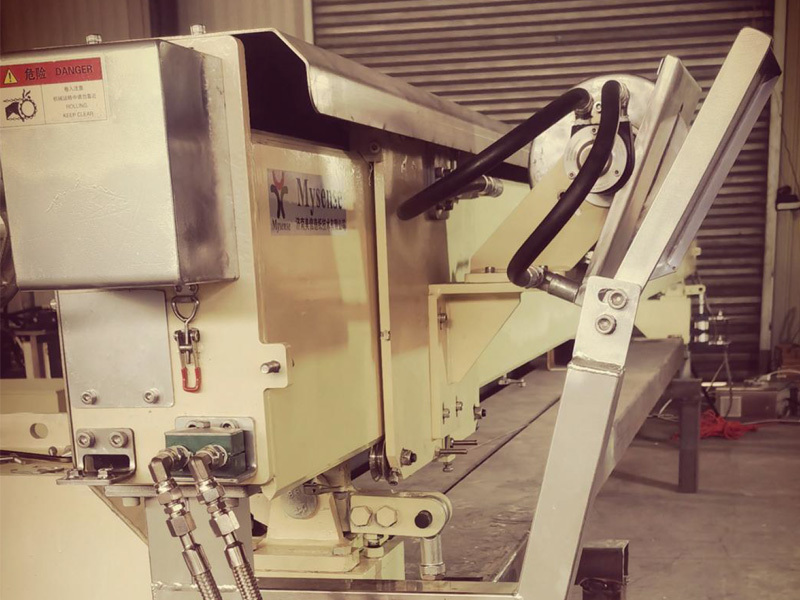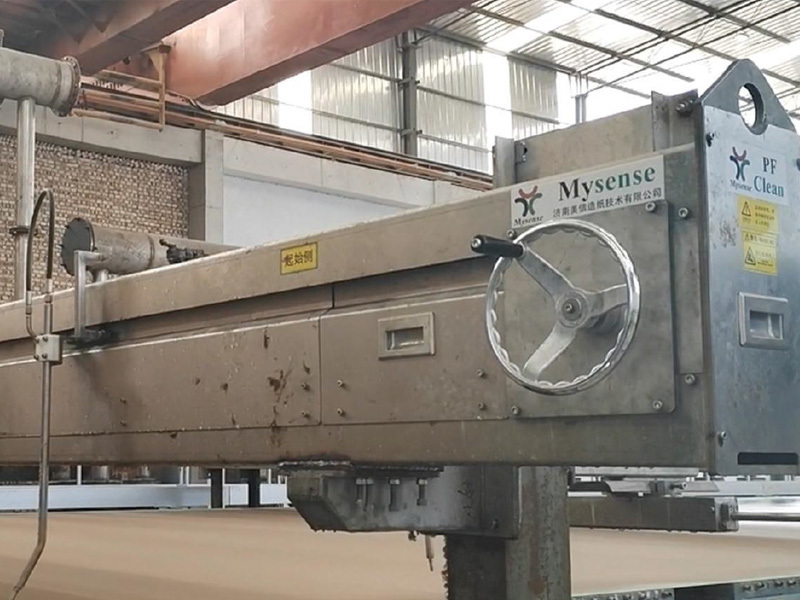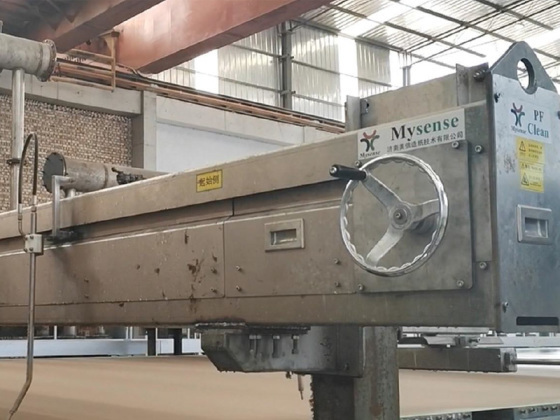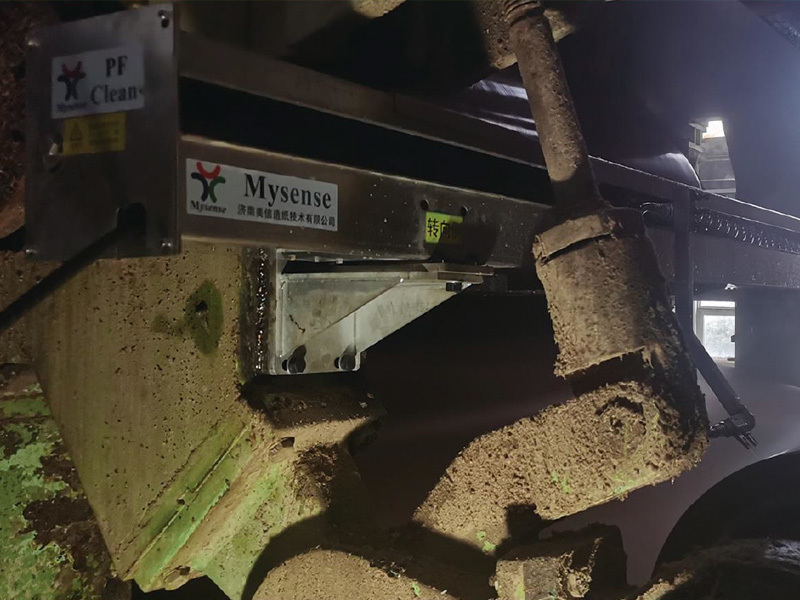Understanding the Role of Tail Cutters in the Wet Section of Manufacturing Processes
Published on:
2025-10-02 09:30
In the realm of manufacturing and processing, particularly within sectors that deal with materials requiring precision handling, the tail cutter for the wet section plays a pivotal role. This specialized tool is designed to efficiently trim the unwanted ends or "tails" of materials that are processed in wet conditions, ensuring quality and performance throughout the production line.
Tail cutters are typically employed in processes involving fibrous materials, sheets, or films that undergo a wet phase. During these phases, materials are often saturated with liquids—such as water or other processing agents—which can complicate the cutting process. The tail cutter is engineered to handle these challenges effectively. Its design ensures that it can operate smoothly in high-moisture environments, preventing issues like clogging or inefficient cutting that might arise from traditional cutting tools.
One of the primary benefits of using a tail cutter in the wet section is the enhancement of product quality. By precisely trimming excess material, these cutters help to achieve uniformity in size and shape, which is critical for industries where consistency is paramount. This is especially important in sectors such as textiles, paper manufacturing, and food processing, where the final product's aesthetics and functionality are directly influenced by the material's dimensions.
Moreover, the use of tail cutters can significantly improve operational efficiency. By automating the trimming process, manufacturers can reduce manual labor time and minimize waste. This not only helps streamline production but also contributes to more sustainable practices by ensuring that excess materials are dealt with effectively rather than discarded as waste. Such efficiency upgrades are crucial for maintaining competitive advantage in a fast-paced industrial landscape.
In addition to these advantages, it’s essential to consider the maintenance and operational aspects of tail cutters. Regular maintenance is necessary to keep the cutters in optimal condition, ensuring they perform effectively over time. Manufacturers often need to establish a routine inspection and cleaning schedule to prolong the life of these tools and maintain their cutting efficiency.
In summary, the tail cutter for the wet section is an invaluable tool in modern manufacturing processes. By facilitating precise trimming of materials in wet conditions, it enhances product quality, boosts operational efficiency, and supports sustainable practices. Understanding the importance of these specialized cutters can help businesses optimize their production lines and achieve better overall results in their manufacturing endeavors.
Tail cutters are typically employed in processes involving fibrous materials, sheets, or films that undergo a wet phase. During these phases, materials are often saturated with liquids—such as water or other processing agents—which can complicate the cutting process. The tail cutter is engineered to handle these challenges effectively. Its design ensures that it can operate smoothly in high-moisture environments, preventing issues like clogging or inefficient cutting that might arise from traditional cutting tools.
One of the primary benefits of using a tail cutter in the wet section is the enhancement of product quality. By precisely trimming excess material, these cutters help to achieve uniformity in size and shape, which is critical for industries where consistency is paramount. This is especially important in sectors such as textiles, paper manufacturing, and food processing, where the final product's aesthetics and functionality are directly influenced by the material's dimensions.
Moreover, the use of tail cutters can significantly improve operational efficiency. By automating the trimming process, manufacturers can reduce manual labor time and minimize waste. This not only helps streamline production but also contributes to more sustainable practices by ensuring that excess materials are dealt with effectively rather than discarded as waste. Such efficiency upgrades are crucial for maintaining competitive advantage in a fast-paced industrial landscape.
In addition to these advantages, it’s essential to consider the maintenance and operational aspects of tail cutters. Regular maintenance is necessary to keep the cutters in optimal condition, ensuring they perform effectively over time. Manufacturers often need to establish a routine inspection and cleaning schedule to prolong the life of these tools and maintain their cutting efficiency.
In summary, the tail cutter for the wet section is an invaluable tool in modern manufacturing processes. By facilitating precise trimming of materials in wet conditions, it enhances product quality, boosts operational efficiency, and supports sustainable practices. Understanding the importance of these specialized cutters can help businesses optimize their production lines and achieve better overall results in their manufacturing endeavors.
Latest News







